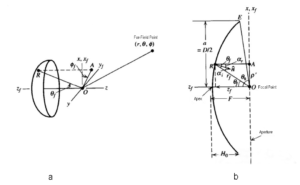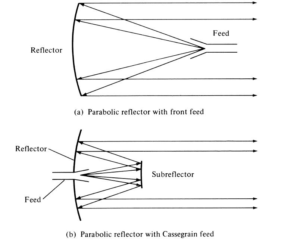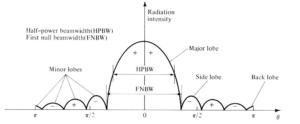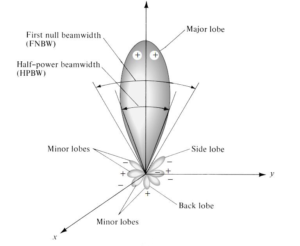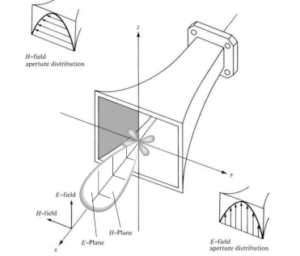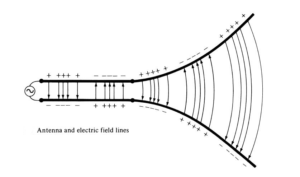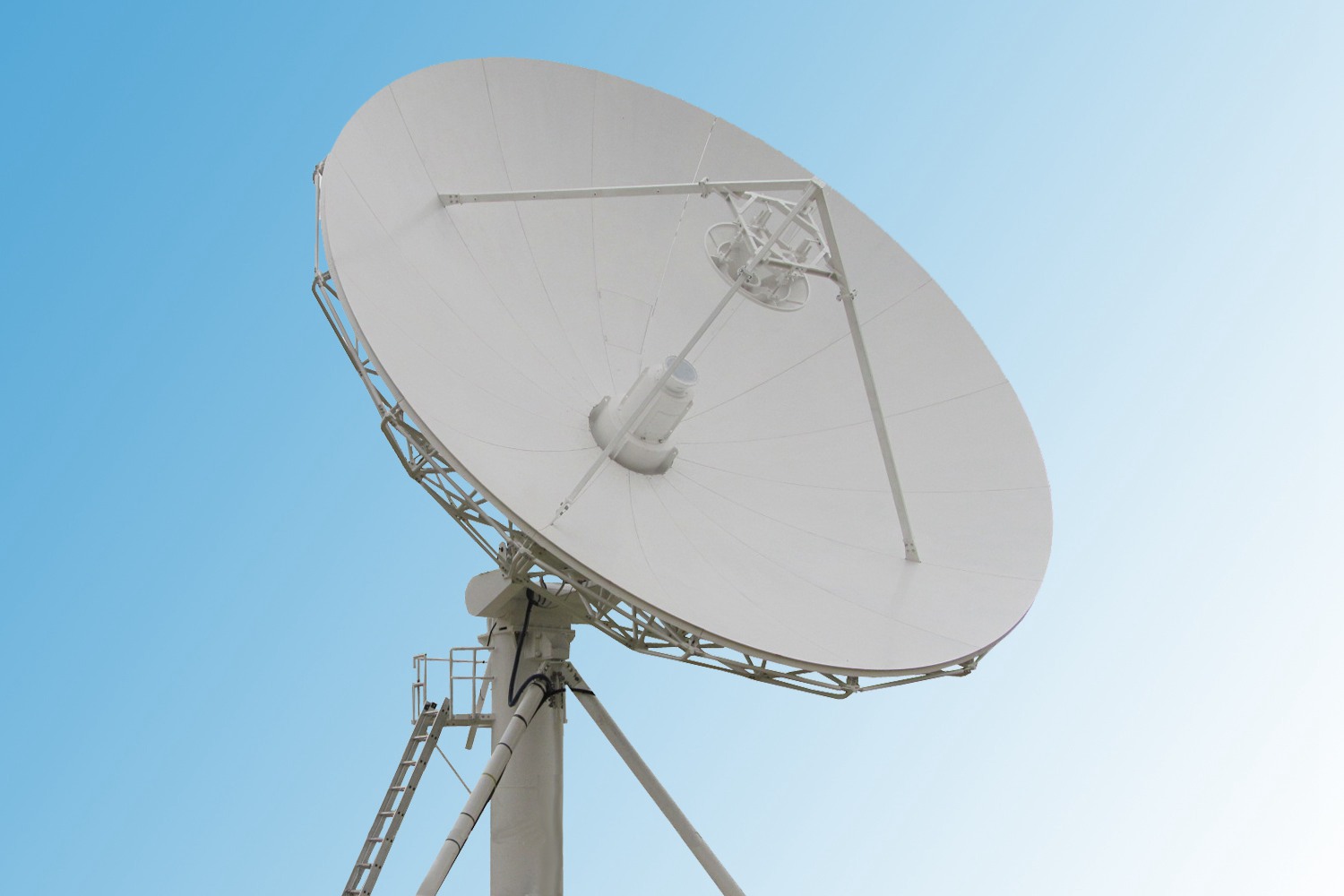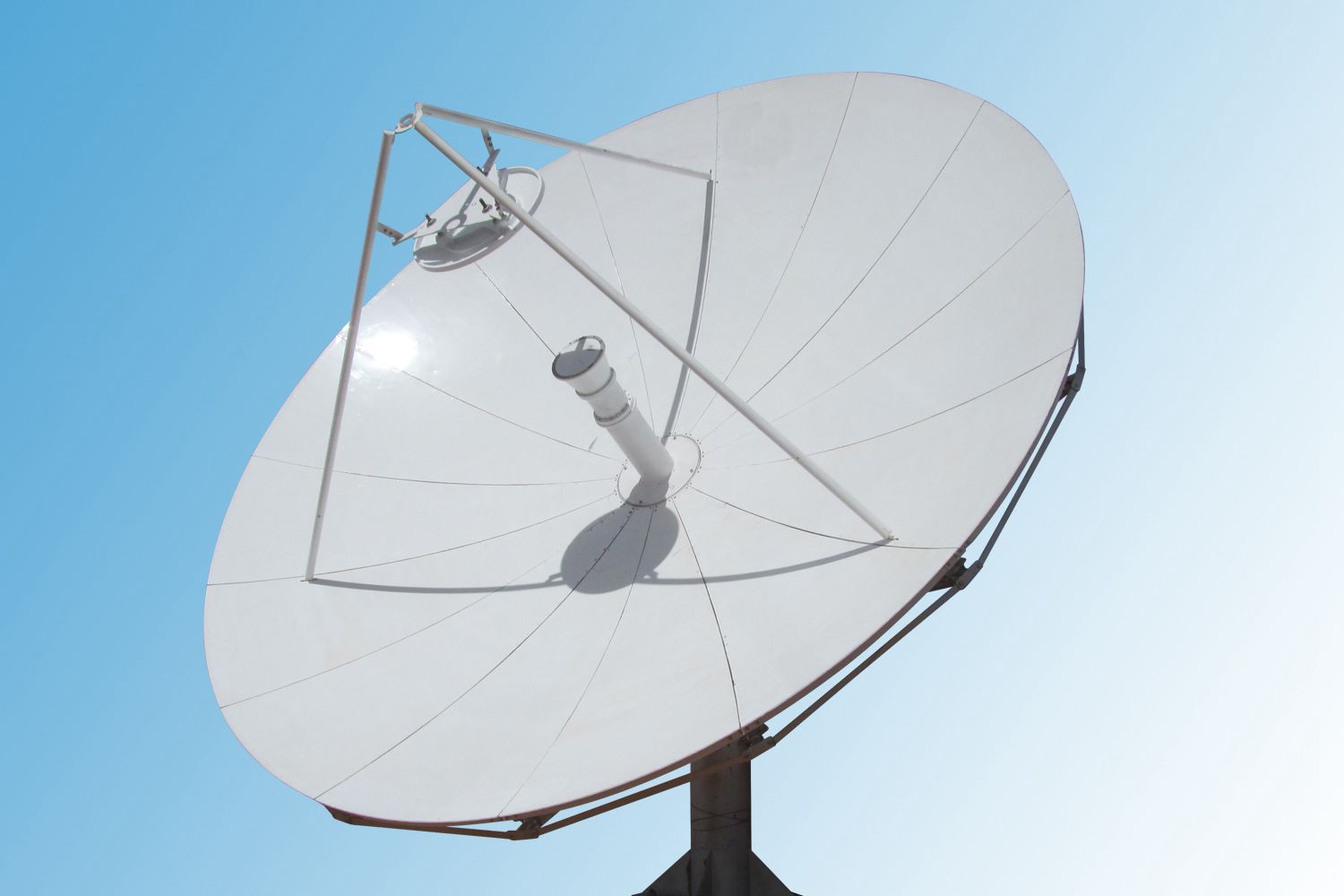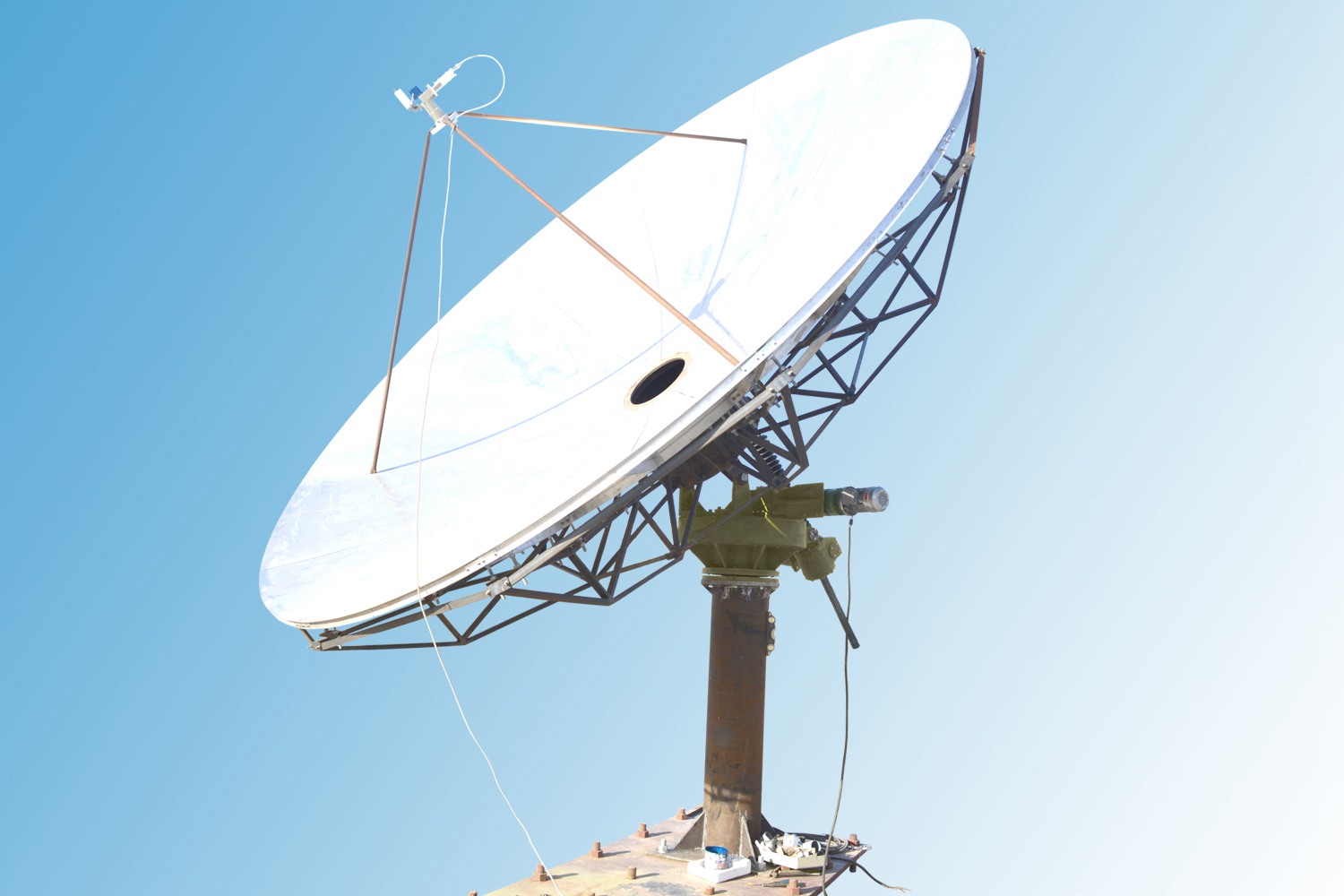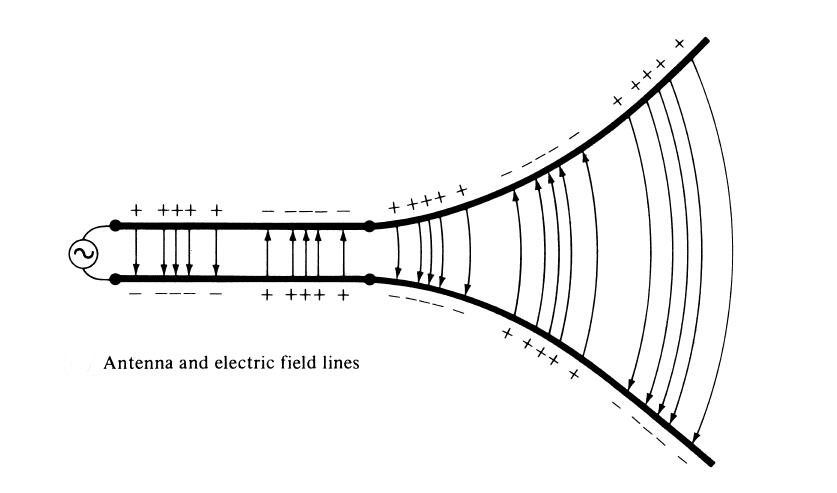
High gain parabolic antenna is necessary for achieving the application of radio telecommunication and high resolution radar, and parabolic antenna is the most widely applied one of high gain parabolic antenna. Gain in microwave band is much higher than 30dB, which can be achieved by parabolic antenna only.
- Principle of Parabolic Antennas
The elementary parabolic antenna consists of 2 parts: a reflector that much bigger than a λ and a tiny feed. It is the most popular parabolic antenna as shown in fig a. The reflector (plate) is a rotating parabolic, the parabolic curve what as shown in fig b is formed from intersecting line of this reflector and any surface which includes reflector axis.
- Featuresof Parabolic Reflector Antennas
1) All ray from focus O will be collimated after reflected by reflector, that is to say, ray is parallel with reflector (z axis).
2) All path length from focus to reflector then to surface are equal and equal to 2F.
Type of Parabolic Reflector Antennas
Classify antennas according to the installation site of feed, which are classified to prime focus parabolic front feed antenna and cassegrain back feed antenna. Antenna structure diagrams are as shown in (a), (b).
Radiation Pattern and bandwidth of Parabolic Reflector Antennas
The radiation pattern of antenna is the functional diagram showing how radiation parameter of antenna (power flux density, field strength amplitude, phase, polarization, etc) changes according to space direction. The sidelobe feature of pattern is one of the key specifications and one of the major factors which used for confirming the minimum distance between antennas to avoid the interference from nearby satellite. Therefore, sidelobe is a factor that required compulsively by WSO: first sidelobe must not exceed -14dB, wide sidelobe must reach the requirement of ITU-R.S.580-5
- FeedhornElectromagnetic field
High efficiency reflector antenna will never be achieved without a high efficiency horn which has axisymmetric radiation pattern as elementary feed, so the design of feed has a important impact on antenna performance.
The efficiency of classical cassegrain antenna is only 0.5, however, the efficiency of shaped classical cassegrain antenna will reach 0.70-0.75 through revising its main and sub reflectors. On the other hand, the work load will be huge. In another way, take horn that adopts mix-double mode as elementary feed and matches with standard parabolic reflector, which can reach 0.70-0.75. Then how can we get mix-double mode feedhorn? There are 2 types: corrugated horn and dielectric loading horn. After testing, the efficiency can reach 0.75 with 2 types, which proves the importance of antenna from feed.
For any requirement, please feel free email to sales@antesky.com.

